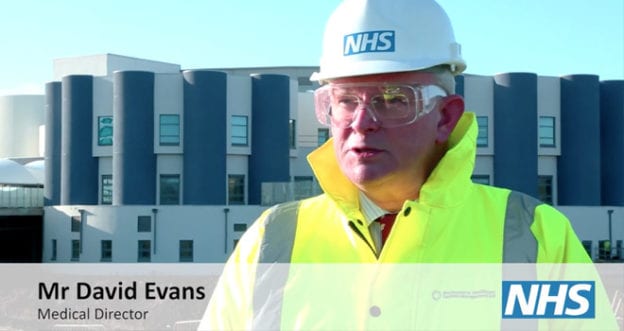Energy. Yep – we all need it.
Green energy. Even better.
Energy infrastructure in the filed behind your back garden? Oh, hang on, most people not so keen.
OK then, you must be up for paying higher bills to cover the increasing costs it would mean to replace pylons with underground pipes etc.? Er, what – my gas bill is too high already – I need the cost to come down not go up.
That’s it in a nutshell really. We all want cheaper energy, we’d quite like to save the planet, but we don’t want to spoil our view. Can’t you do it somewhere else please.
The national conversation around the energy industry – and by that I mean everything from nuclear to energy from waste to wind power, needs to acknowledge and address these issues. Not easy.
At a community level, the challenge is the same, only more acute, because the ‘not in my back yard’ issue is raised every time by people who feel very passionately about their area.
So how does community relations and communications activity ‘on the ground’ start to win the public acceptability argument at a local level. Easier said than done, but here’s three building blocks to get us started.
- Bloody hard work – if you think this can be done with a couple of press releases and a twitter account then forget it. Company representatives have got to put in the hard yards on the ground in community venues and with local influencers and residents to help them understand the issues, engage them so they can help provide the solutions and involve them on an ongoing basis.
- Try listening as well as talking – a consultation should mean just that – a listening exercise that can actually influence and impact upon plans and delivery. Otherwise, all you are doing is telling people stuff, which is better than sitting in the corner and pretending it’s not happening, but isn’t listening and isn’t consultation.
- Pictures, video, animation and plain English please. If your mum or Dad or 12-year-old can’t understand what you are talking about you have lost the battle already. Jargon is great when you are talking internally but utterly meaningless to most people, so take the time to make what you say and how you say it meaningful to people.
There’s plenty more but a list of 27 points would start to lose impact pretty soon. That’s important too mind – you need layers of information to keep things accessible.
The energy issue isn’t going away any time soon. Neither are the communications challenges. Hopefully the government will do its bit and engage with the big picture so developers and operators have a more informed audience and a helpful context to engage with individuals and communities at a local level.







 The team running the microsite at the heart of the campaign –
The team running the microsite at the heart of the campaign – 


